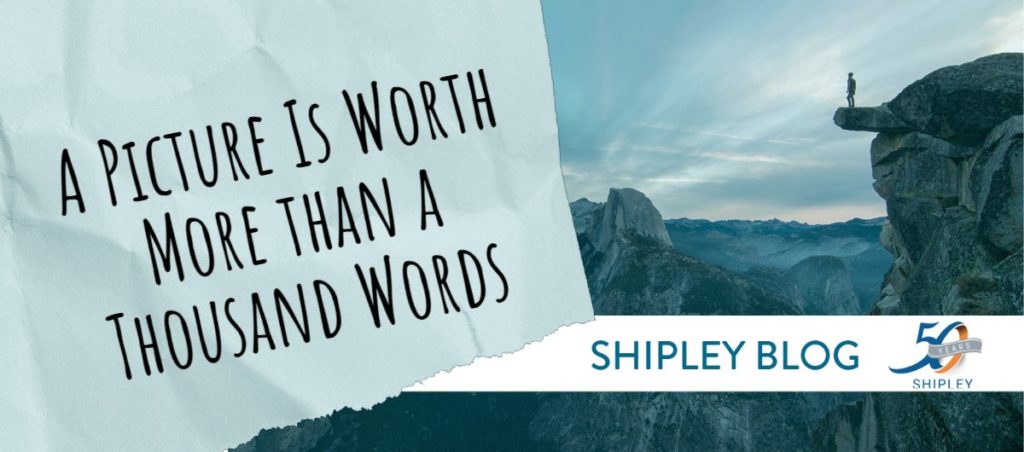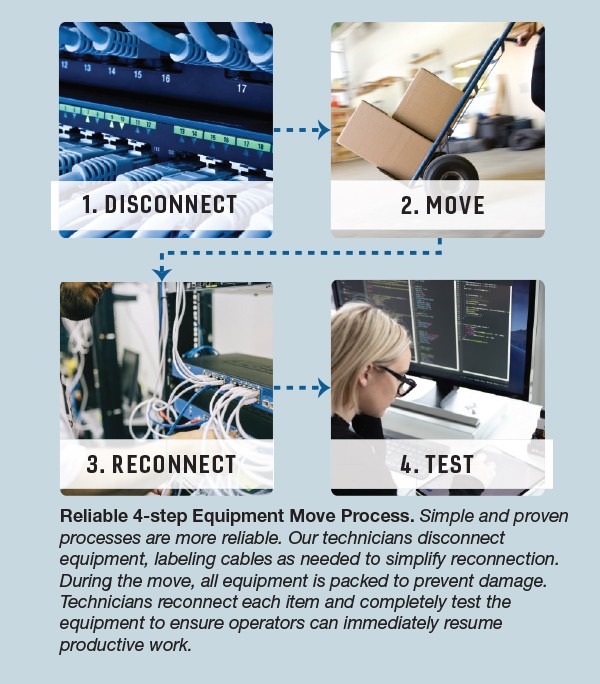
by Gwyn Allred
Proposal writers know that there are many parts that make up a winning proposal. While obviously effective writing makes up most of a successful proposal, employing other best practices—like adherence to the RFP requirements and employing effective graphics—affect the proposal as well.Graphics, in particular, are a significant aspect of winning proposals. Not only must they be visually appealing, but they also must communicate key information so evaluators understand it in seconds. A common saying is “a picture is worth a thousand words.” In a winning proposal, a picture is worth more than a thousand words; an effective graphic can be worth millions of dollars.
Creating Winning GraphicsProposal graphics should be the first thing you create as you plan out your proposal. Since graphics have the greatest impact on evaluators, focus your first efforts on them. As you begin storyboarding a proposal, consider the processes you will be describing. Would any of those processes be better depicted in a graphic? Look at the example of a process graphic to the right. Instead of using lengthy prose or bullet points to explain a process, consider crafting a graphic. Text descriptions can take pages. Graphics often use only a fraction of the page and communicate key information clearly. Clear graphics imply simplicity, which suggests low risk to the customer. If you are creating new graphics from scratch, each graphic should only communicate one idea so that it does not become overcomplicated. Boilerplate graphics save time and rework, but they are a danger if not thoroughly reviewed. Look over each graphic carefully and review the boilerplate action captions to ensure all the information is relevant to the current pursuit and tailored to the evaluators. |
 |
Consider Who Will View Each Graphic
Another factor to consider when creating proposal graphics is the type of reader you anticipate for each proposal section. Graphics in the executive summary must be understandable to any reader. More technical proposal sections will have more complex graphics geared toward the technical evaluators who will read the section.
Knowing your audience impacts the level of depth you can employ in your graphics. Overly technical graphics can appear arrogant. Start each technical proposal section with a clear summary and then increase the complexity of both the text and the graphics as needed to satisfy your more technical evaluators.
Graphics Increase Information Retention
A major benefit of using graphics in proposals is the boost to retention graphics provide.
Writers of winning proposals visualize and state why they should be selected. This type of repetition increases memory retention. While your graphics should be understandable within a few seconds, the accompanying caption and surrounding text should relate to the graphic, emphasize your strategy, and highlight your discriminators.
While good graphics have obvious aesthetic appeal, they can also improve your chances of winning. The best graphics concisely convey key details in a way that improves information retention for evaluators. This is how they become worth more than a thousand words and possibly millions of dollars. Consider how your graphics can help you win from the moment you begin storyboarding a proposal.